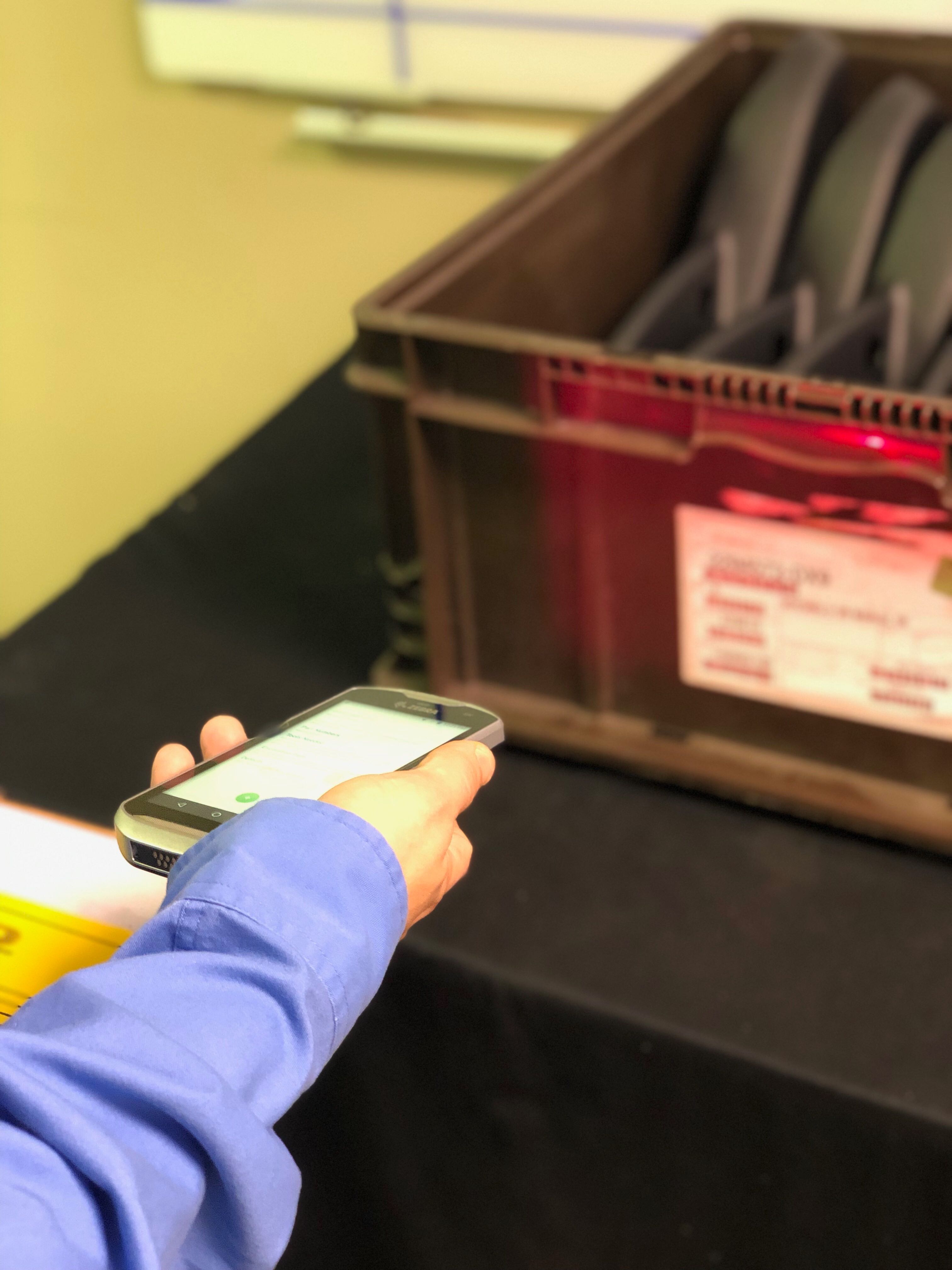Our way of taking care of our Customers! What is supply chain management? Supply chain management (SCM) is the combination of art and science that goes into improving the way your company finds the raw components it needs to make a product or service and deliver it to customers. The following are five basic components of SCM.
Supply Chain Management

Section No. 1
Plan
This is the strategic portion of SCM. Companies need a strategy for managing all the resources that go toward meeting customer demand for their product or service. A big piece of SCM planning is developing a set of metrics to monitor the supply chain so that it is efficient, costs less and delivers high quality and value to customers.
Section No. 2
Source
Next, companies must choose suppliers to deliver the goods and services they need to create their product. Therefore, supply chain managers must develop a set of pricing, delivery and payment processes with suppliers and create metrics for monitoring and improving the relationships. And then, SCM managers can put together processes for managing their goods and services inventory, including receiving and verifying shipments, transferring them to the manufacturing facilities and authorizing supplier payments.


Section No. 3
Make
This is the manufacturing step. Supply chain managers schedule the activities necessary for production, testing, packaging and preparation for delivery. This is the most metric-intensive portion of the supply chain-one where companies are able to measure quality levels, production output and worker productivity.
Section No. 4
Deliver
This is the part that many SCM insiders refer to as logistics, where companies coordinate the receipt of orders from customers, develop a network of warehouses, pick carriers to get products to customers and set up an invoicing system to receive payments.


Section No. 5
Return
This can be a problematic part of the supply chain for many companies. Supply chain planners have to create a responsive and flexible network for receiving defective and excess products back from their customers and supporting customers who have problems with delivered products.

